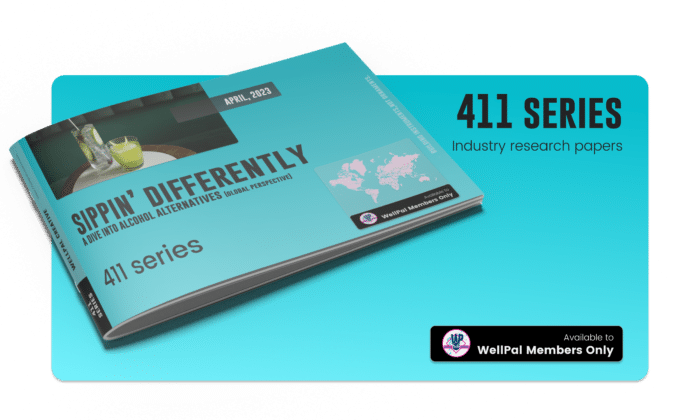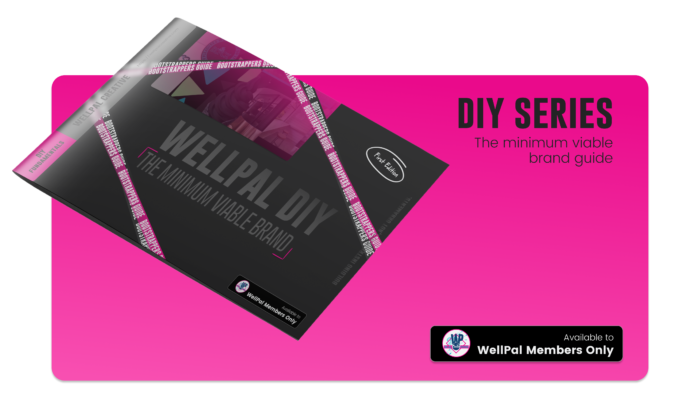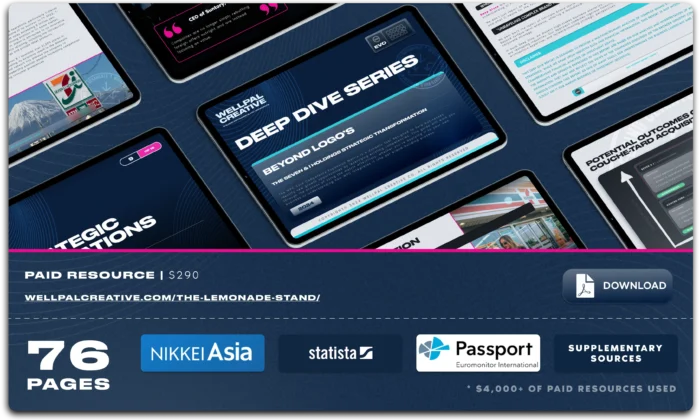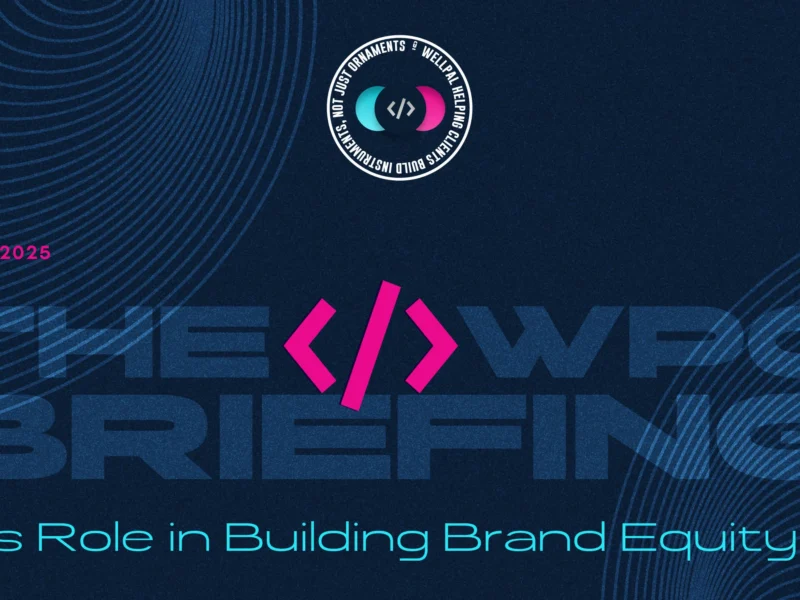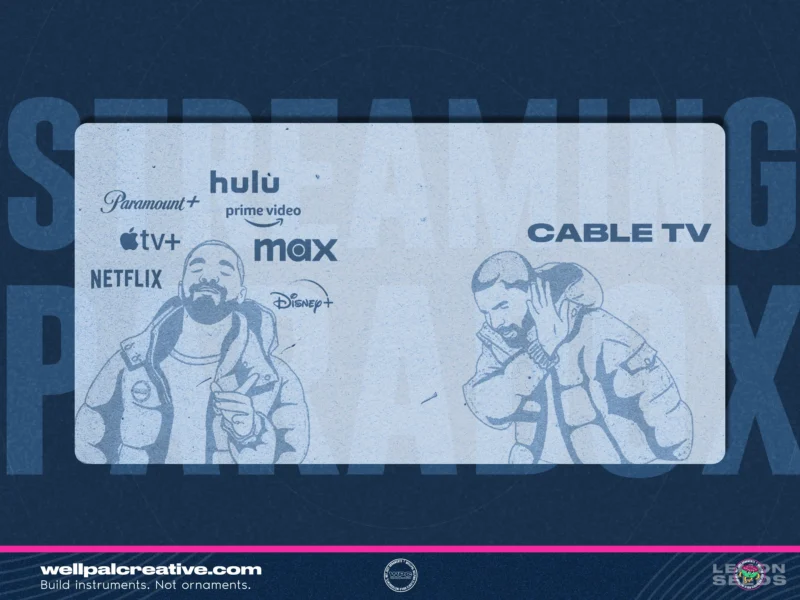COPYRIGHT © 2025 WELLPAL CREATIVE
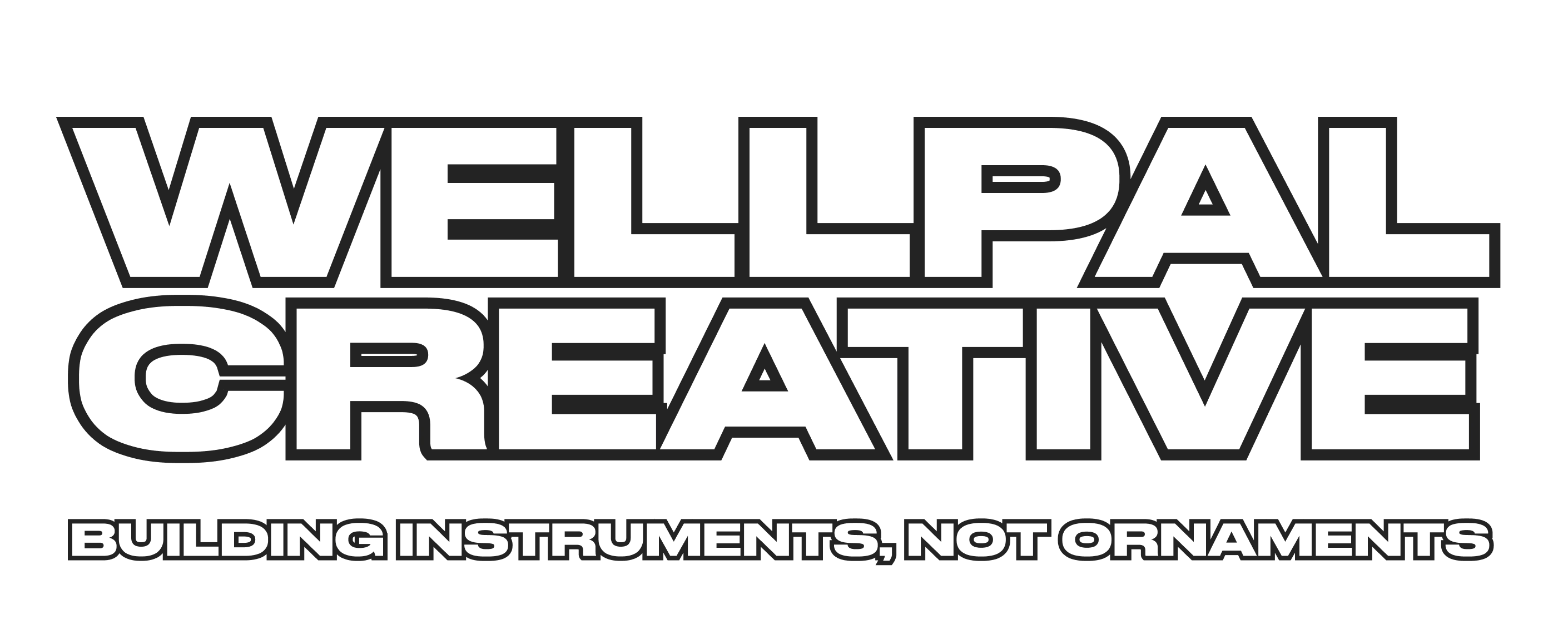
“Build Instruments. Not Ornaments”
Featured
-
411 - NOLO Market
$30.00Original price was: $30.00.$15.00Current price is: $15.00. -
DIY Series - The MVB Kit
$25.00 -
Couche-Tard Acquisition Strategy - Deep Dive Report
$290.00Original price was: $290.00.$200.00Current price is: $200.00.
Recent Lemon Seeds
Copyright © 2025|2026 WellPal Creative
Why you should care that they don't need a lawnmower
Unraveling a startup myth: true value isn't just in today's features. Highlighting the 'Jobs to be Done' (JTBD) framework.
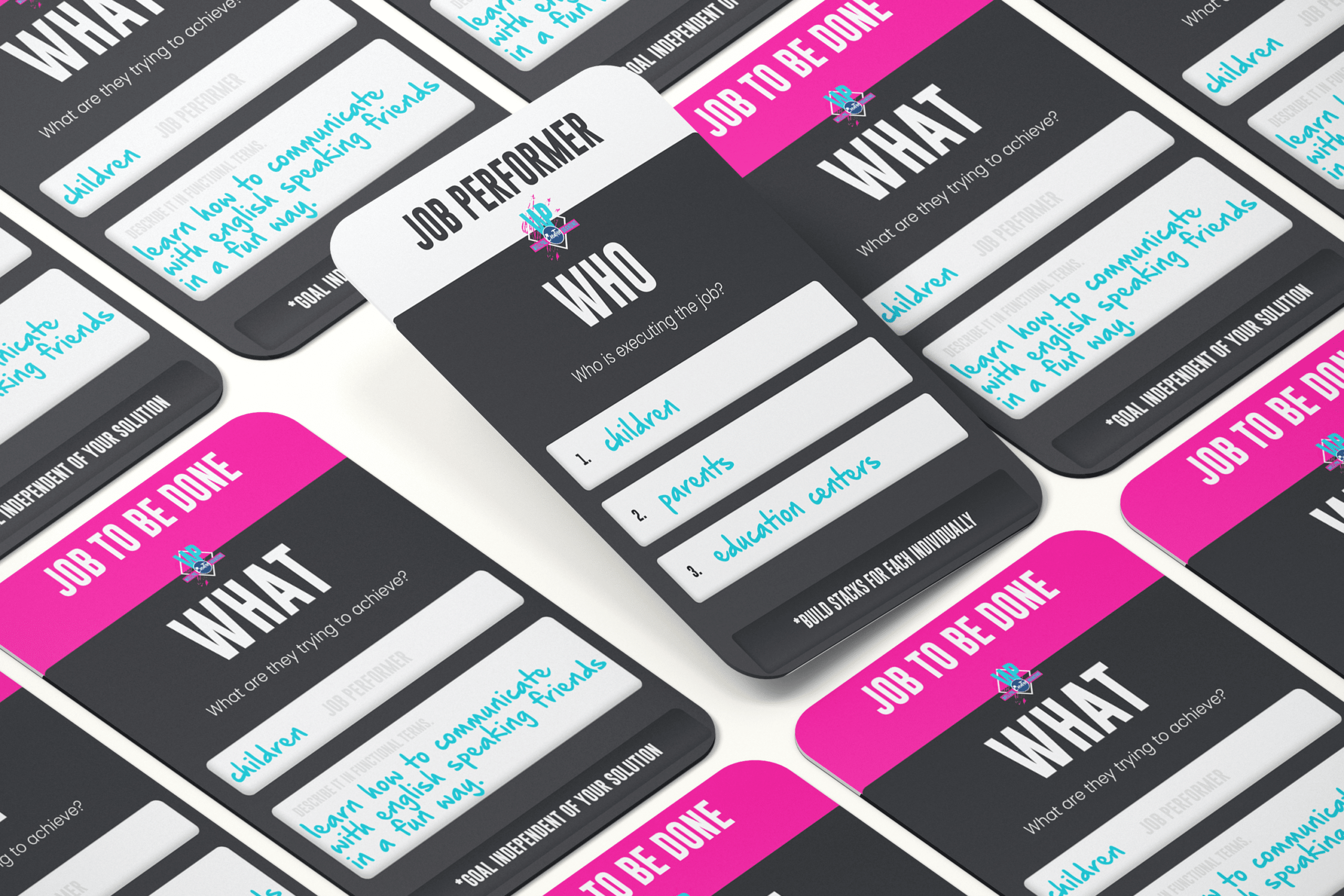
The myth.
Let’s dive right in with the biggest misconception new founders or product managers make; thinking that the value is in today’s features and attributes.
Context: The case of Twitter
This is often the case in apps, software, and tech-based products as features are the go-to marketing tactic.
Look at services such as Twitter and Netflix at the moment. They have been under scrutiny from investors and critics regarding their stagnant users/revenue growth for a while now. Mostly because the metric focused on seems to be MAU/DAU.
While MAU is essential in certain stages of product development, it doesn’t seem fair to keep it as the go-to one for companies of this size and age. Especially since many of them haven’t really innovated since there was a “need” for them when they were first introduced to the market. add on top of that the many bot accounts twitter has garnered over the last 2 years with the numerous spam accounts for NFT projects or linked accounts, etc.
Now they are debating on what feature to add or remove, and what advertising funnels to run in order to increase revenue.
If you torture data long enough it will tell you whatever you want to hear and/or it will deceive you.
customers don’t need to share the same demographic, gender, or persona to expereince the same struggles “ – on limitations of generic segmenttation
Now, this is not an article on how we bring these behemoths back on track, however, it is essential in showcasing a real-life case of focus on features over a “job to be done (JTBD)”.
If we would take a step back and (from an outside pov) look at the situation, we could consider a shift in thinking. Instead of focusing on finding ways to get MAU up, we could consider exploring avenues of how to make the platforms more valuable for current users.
This is always a tricky shift for big companies as true innovation is a long-term game and simply adding features gives short-term results that most boards favor.
The downside of not making this shift is that by focusing on getting new users or more active users on these platforms, the “true users” and what they got as a value out of it are more often neglected or overlooked.
It’s like a relationship you take for granted, thinking you can buy your way through “fuck-ups” only to discover after they left, that he/she just wanted attention.
And of course, it is a company’s goal to deliver the best possible offering, there comes a point in each lifecycle where improvements are merely incremental and simply result in marginal gains. They have out-offered their solution to help customers aid in their process of “inform me of what’s going on in the world right now” (for example).
Example:
If Amazon would use “# of shipments” over “# of deliveries” both are data sets with very different outcomes. If Amazon wanted to skew it in their favor they would probably consider using “# of shipments” but would that aid the development of their brand’s core purpose the most? I don’t think so.
If you’re going to be data-driven, measure what matters, not what theatrically looks good. In order to do that, you first need to know what matters. This is where this framework has its value.
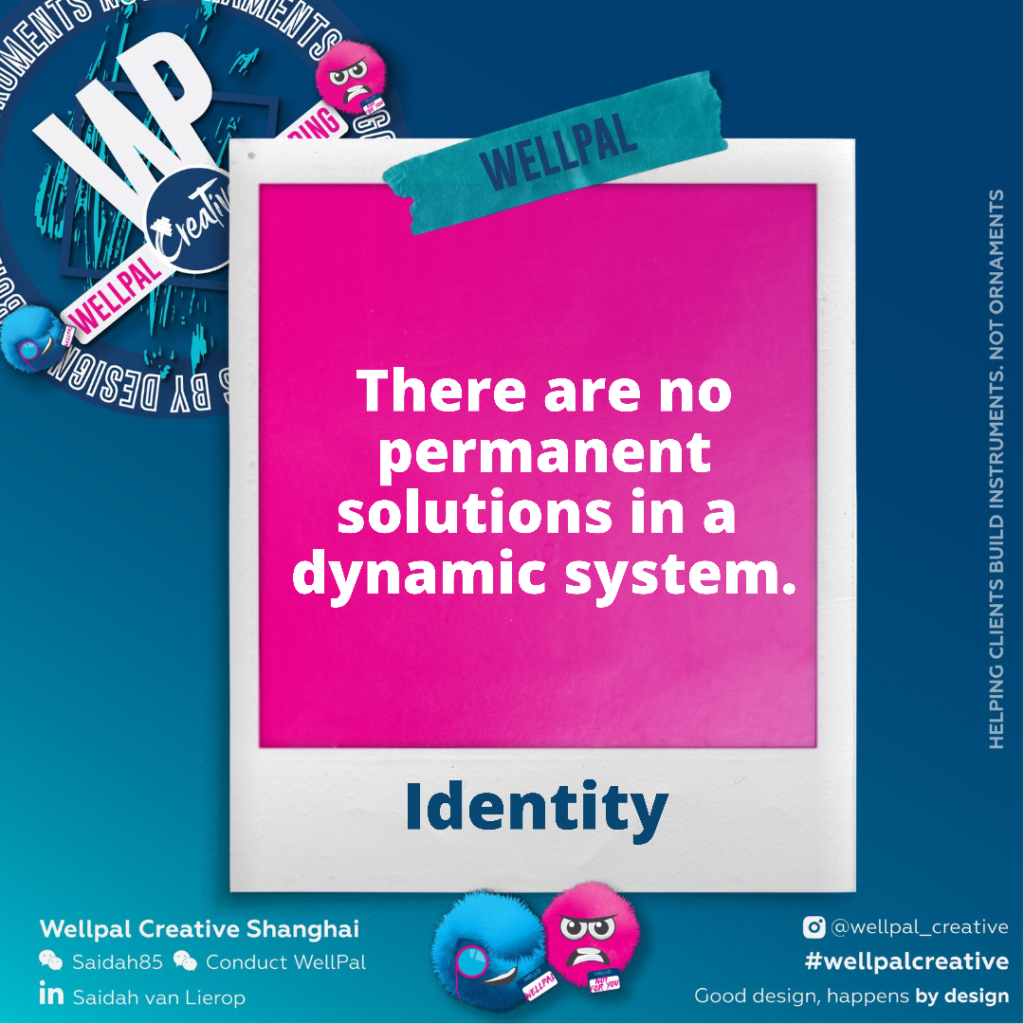
A “job” in this framework should be approached as a “progress in process”.
This means it is not a static state. If we can understand that, we can approach building brands and products in a much more dynamic way.
The “job” is a process or movement toward the desired goal or aspiration.
Simply put: It is the process we go through in order to evolve or improve a certain aspect of our lives. We “hire” products and services to aid us in this.
JACK’s TURNAROUND WITH JTBD …
in a 2019 CEO Summit, Jack Dorsey said:
“We got overly reactive to everything our peers were doing. We didn’t have a clear sense of what our purpose was, and that really hurt us a lot.”
Jack was an advocate and practitioner of JTBD in his last years at Twitter as well as at his new endeavor; Square.
They explored the different jobs users were already hiring Twitter for and narrowed their focus down to 3-core jobs (priorities):
- Inform me
- Have a conversation
- Inform others

In the case of communities
In my opinion, Twitter just like most social media platforms and communities tend to try to be for everyone “just enough” and whilst doing so they leave money or opportunity on the table. They focus too much on the platform or community as a product while they are actually in the service business.
Twitter has a uniquely loyal customer base over key categories (sub-communities). For example, many investors have used it as their “finger on the pulse” source for staying in the loop or scouting new ventures. New updates (reporting as well as consuming) can be so hyper-local and fast that it replaces people’s dependency on traditional news. Another overlooked category is the web3 mafia which is so overlooked that they miss out on monetizing this space while they have a very unique position to create value.
In the case of communities, you need to build WITH them not FOR them. Applying a JTBD framework gives you a strong foundation in doing this and keeping track of what exactly it is that they are trying to “solve” by joining or forming these communities. Understanding this creates a better perception of what and how to monetize.

Key to this approach.
It should be noted by anyone who wants to use this framework as well as the business model canvas or lean model canvas, is that this process should be done for each stakeholder individually (users, advertisers, developers, creators).
Going through this with your own brand or company creates a certain kind of strategic advantage in mapping the playing field for what it truly is (not the skewed data we use to justify short-term objectives).
Looking at the jobs to be done as a process (road) to get to the desired outcome, helps you to map and anticipate opportunities beyond just the “current moments solutions”. This approach is what sets innovative companies apart from feature/product-focused companies. It also helps you to assess data to pivot before it’s too late.
From a brand-building point of view, it is also of extreme value when mapping future growth and how that factors into your brand architecture and portfolio. Not every derivative solution we can design has to be part of our existing brand, however, it can still be part of our current company. There is much depth to this tool.
Drawbacks
The framework is a tool in a kit of many to be used when building brands and businesses. With experience and practice you will see certain shortcomings (as is with every framework) for certain applications and circumstances. This doesn’t make it useless in general, it just makes it the wrong tool for the problem at hand.

My 5 cents
With any framework used to build a brand or a business, you need to take into consideration that they are not intended to be static.
You need to be able to iterate on them and adapt them to your specific case. This is what happened when I ended up with a hybrid version of the BMC as it was lacking in certain aspects.
You can check out more about the WellPal Brand Blueprint.
You need to be open to find the short-comings and anomalies and strenghthen or iterate when needed.
Every product or solution has a lifecycle and shelf-life if not innovated or explored. Using a more process-focused approach has a particular value as a way of framing an organization’s identity as well as strategic direction.
Being too product-focused results in leaving money on the table and setting yourself up for inevitable disruption down the road. This is because the motivation behind people using certain products and solutions changes throughout their life.
And to be honest, a dissatisfied customer doesn’t always complain, they move on. And in today’s landscape, the next solution was being built yesterday.
The trick with this approach is that leadership has to have empathy and the capability to think beyond data-driven decisions. This is because with this approach we focus more on the emotional and behavioral aspects of the consumer. This is also why in our framework we created a designated section for “archetypes” as using that tool in a certain way can help tap into this behavioral understanding/motivation for founders and entrepreneurs trying to build their brands themselves.
PROGRESS OVER PRODUCT
In agreement with one of my current clients, I have outlined a general overview (without going into too many specifics and details). It is to showcase the difference in how we approached our competitive landscape and framework from a process pov in comparison to that of a product-focused one.
Insights
If you take this information snapshot and start shaping your own first principles or building blocks, you can see how mapping this becomes a powerful positioning strategy.
As it’s easy to think that your competition comes from within your pre-determined category (smoothies-Smoothies & shakes, chocolate-Chocolate, cars-Automotive). But this might cost you a lot of opportunities as well as money wasted on the wrong/inefficient type of marketing.
It works also wonders in highly competitive categoriees such as confectionery products or FMCG. Take a look at brand portfolios of Unilever, Mars company or P&G. The companies have a clear company wide objective however theiri indivusual brands a exsit to serve different customer jobs.

“It is our job to understand how and why customers struggle and what the lifecycle of our current Solution is within their process.
If you are a regular reader of my content, you might know by now that there is no “play-by-play”.
And if you read the nugget above on “no permanent solutions in a dynamic system” and you’ve let it sink in, then you might get why.
That said, it is important to understand the way you design your JTBD first; its structure.
For those who are registered users, you can download the JTBD cards I designed to ease this process (FREE for all members) as well as access to a pre-order crash course. This will help you with a better and more detailed introduction to JTBD theory and its framework.
How I can help you further.
You can have a look at my process for brand strategy building and book a free 20-min consult (if available) or register (free) to get access to more detailed content on similar subjects or upgrade (paid) to get access to future workshops or courses on these topics and how to build these tools for your own brand. If you are already a bit more serious and further along the process of building your business or brand, and would like a 3rd party input on structuring your framework or building your brand, you can consult me or get in touch for a project specific offer.
TIME TO UNLOCK YOUR CUSTOMERS MOTIVATION
Learn how to transform your business/brand strategy by prioritizing what the customer actually need. This will set you up to understand who you are in the market for and where to direct your attention.
Explore some of our FREE and paid resources below to get you started. If you are in need of more tailored guidance you can always reach out to talk about starting a project.


